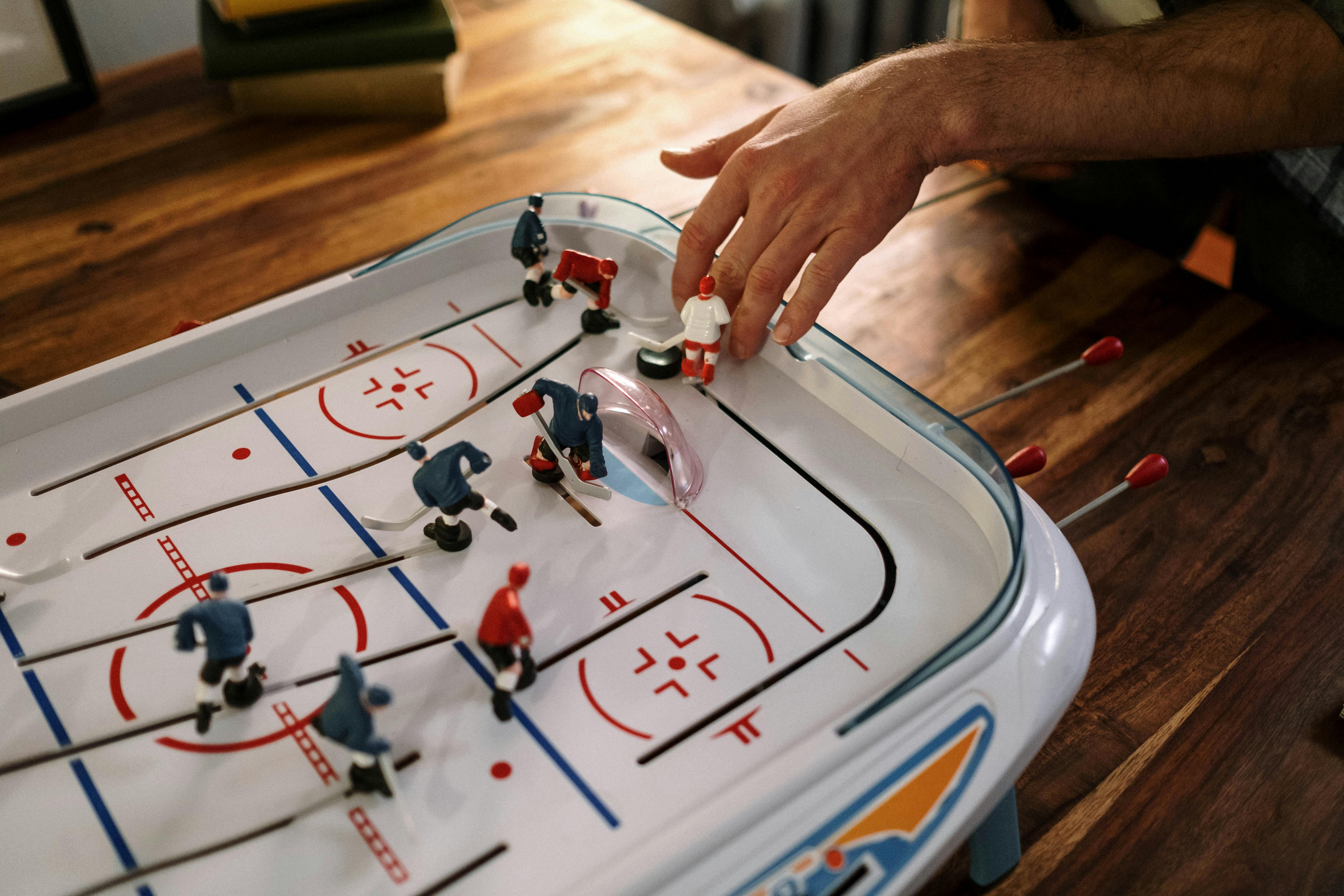Non Figurative Abstract Art – Past and Future
Non-figurative abstraction begins with the imaginative power of humans. Clearly distinguishable from fantasy art, the form reflects reality in non-figurative expressions. In simpler words, non-figurative abstract art depicts real shapes in quite a different way. Abstract art is not the product of 20th century thinkers, contrary to popular belief. Nor does it have a sudden origin. If we go back to the Islamic and Jewish religions, where the representation of human bodies was definitely a no-no, we can find a lot of calligraphy and non-figurative art forms. Let us go back even to prehistoric times, where humans used symbols for fire, water or thunder, which are difficult for modern man to interpret. However, those prehistoric creations have a timeless appeal to modern men, due to the intrinsic aesthetics. Therefore, we can take those representations of our ancestors as a work of abstraction.
What does the story say?
People consider Wassily Kandinsky to be the father of abstract art. Although he began figurative work in 1910, he gradually abandoned it and concentrated on non-figurative forms. Painters like Kasimir Malewich followed suit and took the art form to another level. His paintings were mostly about simple geometric shapes. Other artists who followed Kandinsky’s path included Paul Klee, Raoul Dufy, and Piet Mondrian. Piet Mondrian pioneered the first non-figurative abstract paintings.
In the middle of the 20th century, some milestones completely changed the normal course of abstraction. Jewish persecution by Hitler, World War II, and the admonition of modern art by the Nazis resulted in the immigration of ultra-modern European artists to the United States of America, in hundreds of numbers. This brought a new wave onto the American art scene, resulting in the birth of Abstract Expressionism.
Abstract Expressionism – What is it
Abstraction actually removes reality into an object. The degree of removal varies from partial to complete. The image becomes a replica of reality in its subtle form.
The term does not represent any style. It is rather a concept of performing art. The movement, made up of famous artists such as Mark Rothko, Willem de Kooning and Jackson Pollock, pushed all traditional limits beyond all limits. Mark Rothko introduced a segment of abstraction with unified color blocks, popularly known as “Color Field Abstract Art”. The other segment included multiple genres such as cubism, expressionism, action painting, and surrealism. However, the core of the abstract work remains in the representation of the artist’s subconscious on the canvas.
Phenomenal wave created by the masters
Pablo Picasso, in the first decade of the 20th century, created a new wave in the world of abstraction. He drastically changed the presentation, shapes and styles of the creations and created a wave of movements; him affecting the works of poets, musicians and authors from all over the world. George Barque’s practice of Cubism in his emotionally charged paintings with altered shapes, colors, and forms of Expressionism laid the foundation for Abstraction. The shape was also inspired by post-impressionist artists such as Gauguin, Vincent Van Gogh, and Cezanne. At the beginning of the 20th century, Henry Matisse, together with his followers, introduced Fauvism. He was referring to the use of raw colors.
What makes abstract art different?
The basic characteristic that differentiates abstract art from realism is fluidity. This form represents things that are beyond the visionary perception of human beings, such as sound, emotion or spiritual experience. To quote Kandinsky, “Of all the arts, abstract painting is the most difficult. It requires that you know how to draw well, that you have a heightened sensitivity to composition and colors, and that you be a true poet; the latter is essential.“
The future of abstract painting
With the advent of new tools and methodologies, there is a change in style from traditional ones such as color field painting and action painting. Forms take different forms, ideas become modern, and new thoughts arise. However, the basic idea behind the abstraction remains the same. Non-figurative abstract art definitely has a colorful and bright future.
